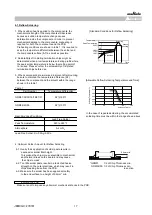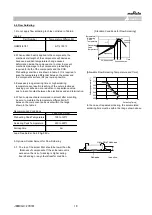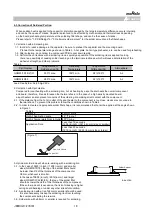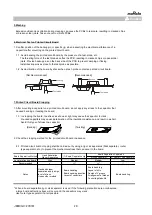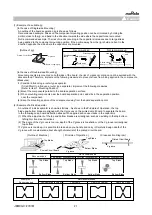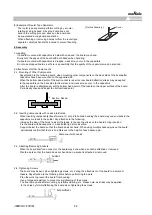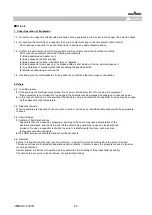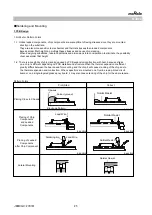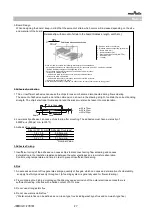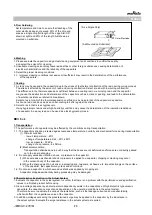
2.Measurement of Capacitance
1. Measure capacitance with the voltage and frequency specified in the product specifications.
1-1. The output voltage of the measuring equipment may decrease occasionally when capacitance is high.
Please confirm whether a prescribed measured voltage is impressed to the capacitor.
1-2. The capacitance values of high dielectric constant type capacitors change depending on the AC voltage applied.
Please consider the AC voltage characteristics when selecting a capacitor to be used in a AC circuit.
3.Applied Voltage
1. Do not apply a voltage to the capacitor that exceeds the rated voltage as called out in the specifications.
1-1. Applied voltage between the terminals of a capacitor shall be less than or equal to the rated voltage.
(1) When AC voltage is superimposed on DC voltage, the zero-to-peak voltage shall not exceed the rated DC voltage.
When AC voltage or pulse voltage is applied, the peak-to-peak voltage shall not exceed the rated DC voltage.
(2) Abnormal voltages (surge voltage, static electricity, pulse voltage, etc.) shall not exceed the rated DC voltage.
Typical voltage applied to the DC capacitor
DC voltage
DC AC
AC voltage
Pulse voltage
(E
:
Maximum possible applied voltage.)
1-2. Influence of over voltage
Over voltage that is applied to the capacitor may result in an electrical short circuit caused by the breakdown
of the internal dielectric layers .
The time duration until breakdown depends on the applied voltage and the ambient temperature.
4.Type of Applied Voltage and Self-heating Temperature
1.Confirm the operating conditions to make sure that nolarge current is flowing into the capacitor due to the
continuous application of an AC voltage or pulse voltage.
When a DC rated voltage product is used in an AC voltage circuit or a pulse voltage circuit, the AC current
or pulse current will flow into the capacitor; therefore check the self-heating condition.
Please confirm the surface temperature of the capacitor so that the temperature remains within the upper limits
of the operating temperature, including the rise in temperature due to self-heating. When the capacitor is
used with a high-frequency voltage or pulse voltage, heat may be generated by dielectric loss.
<Applicable to Rated Voltage of less than 100VDC>
1-1. The load should be contained to the level
such that when measuring at atmospheric
temperature of 25°C, the product's self-heating
remains below 20°C and the surface
temperature of the capacitor in the actual circuit
remains within the maximum operating
temperature.
Caution
!
1
10
100
0
1
2
3
Current
(Ar.m.s.)
4
5
6
Te
m
p
e
ra
tu
re
Ri
se
(
C)
[Example of Temperature Rise (Heat Generation)
in Chip
Monolithic Ceramic Capacitors in Contrast
to Ripple
Current]
Sample: R1 characteristics 10
μF, Rated voltage: DC10V
Ripple Current
100kHz
500kHz
1MHz
E
E
E
E
0
0
0
0
JEMCGC-2701W
13

















